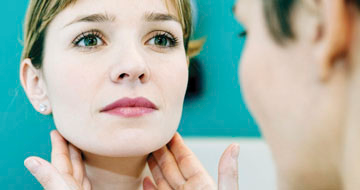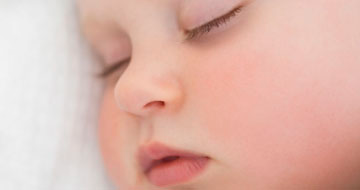
Vaginal laser treatment to improve vaginal dryness and discomfort
Mr Pandelis Athanasias is a Consultant Gynaecologist at The Medical Chambers Kensington, and an expert in treating menopausal symptoms.
We talk to him about vaginal laser treatments (such as MonaLisa Touch therapy) and how they can improve the symptoms of vaginal atrophy – a common condition during menopause that causes thinning and drying of the vaginal walls.
Would you recommend vaginal laser treatment to all women with vaginal atrophy?
It’s really important that I apply the right treatment to the right patient. During an initial consultation, I look at each woman’s background, previous treatments and any reactions she’s had to treatments in the past. All these factors influence whether I suggest vaginal laser treatments such as MonaLisaTouch (MTL) therapy.
I make sure women know that while it has been very successful for many patients, the level of ‘success’ is different and treatment plans will vary. Some women need more maintenance treatments, because while vaginal laser treatment can have dramatic effects in improving vaginal atrophy, there is no ‘cure’ for the condition.
Do you always predict a significant improvement after vaginal laser treatment?
It depends on the degree of atrophy. I talk with my patients about how symptoms, such as acute discomfort, impact their lives. Then we talk about what they hope to achieve with MLT or alternative treatments. This initial consultation is to make sure that every woman gets the best outcome from her treatment.
How can the positive effects of vaginal laser treatment be measured?
Well, it’s all about seeing an improvement in their symptoms and therefore, as a result, on their lifestyle. Every area of life, including work and relationships, can suffer because of the discomfort that vaginal atrophy causes. As such, MonaLisa Touch therapy has significantly improved many women’s lives.
When would you advise against MonaLisa Touch therapy?
It really goes back to listening to the patient’s symptoms, and the findings during an examination. For example, if a woman has a raw wound or an open area of bleeding around her vagina we would need to investigate this further before using MLT. If there are any ulcers or signs of infection on the external genitalia (the vulva), these would also need exploring too, before using any type of vaginal laser treatment.
I also need to consider whether a patient will be able to tolerate the insertion of the probe. Typically the treatment causes minimal – if any – discomfort, yet a small number of women might find insertion of the probe uncomfortable, even after the anaesthetic creams and gels that we apply.
Does MLT help other conditions, such as vulvodynia?
Yes, certainly. Women may have a condition, but they don’t know the term for it – like vulvodynia. It’s incredibly common, but it’s not talked about or written about very often. So firstly for me, making the correct diagnosis is key. Once a diagnosis has been made, we can look at all of the treatments available, and make a choice that’s right for the individual.
What other treatments are there aside from vaginal laser treatment?
Psychotherapy, dilator therapy, local anesthetic creams and gels. It depends on a woman’s symptoms. Before we consider MLT, we look at all of the options, because vaginal laser treatment is not a treatment that is suitable for everyone and it’s not a quick fix solution. But for the right patient, the success is great.
Find out more about vaginal laser therapy
MonaLisa Touch therapy is available at our clinic with Miss Tania Adib and Mr Pandelis Athanasias To find out more or make an appointment, please call 020 7244 4200 or make an appointment online.











